Leadership
C-Level Set: Homebuilding's Top Strategists' 2022 Pay Packages
20 public homebuilding companies' chief strategists -- 28 C-suite executives in all -- earned $424 million in 2022 cash, stock, options, perq compensation. Here's how they come out in The Builder's Daily rankings.
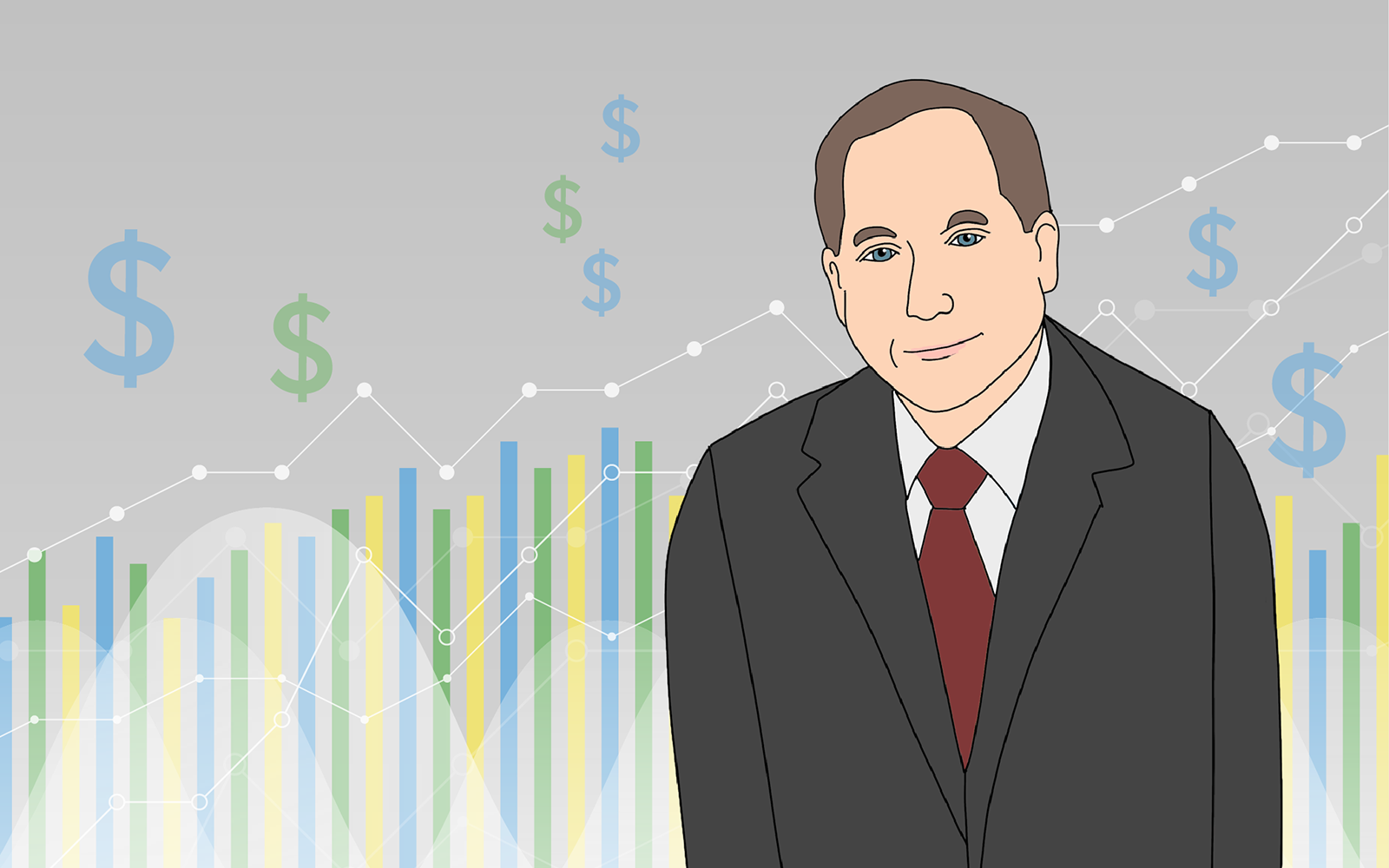
[Credit: Image graphics and data visualizations by Maggie Goldstone]
The Federal Reserve made very clear in early 2022 what it was doing and why. And at that instant, the accountability narrative track of America's public homebuilding enterprise C-suite strategists changed by a lot.
Again.
It was like a broken record. The shock of Covid put the world as we knew it on notice in 2020. A supply chain - - - -storm riddled 2021 and beyond with logistical nightmares, sending materials costs spooling into the stratosphere. Now, the Fed's pronounced plan would be to raise borrowing costs – for households and businesses – to cut demand and capacity off at the knees in an effort to send inflation back down to the benign level it came from.
For a third straight year, tables turned upside down on basic business assumptions homebuilding teams and their leaders had been making. This time, C-suite leaders needed to assume that ever-replenishing streams of demand for all the new homes they could produce from late summer of 2020 through the early months of 2022 would take a hit. Historically low mortgage rates were heading up, they didn't know how fast nor how far nor to what effect.
What they did know -- just like when Covid crashed into early 2020, and when they were paying double- and triple- and quadruple the amount for their lumber packages and dealing with supply chain Whack-A-Mole in 2021 – was this.
They were, and are, and will be accountable.
That goes for each enterprise's present value-creation for its owner-shareholders, and for its future capability to create value in spite of any economic, environmental, technological, or competitive scenario imaginable.
What transpired and shone brightly among the nation's publicly-traded homebuilding organizations in 2022 attests to an accountability and leadership rigor – across the board among the publics – that goes far to explaining how they continue up to the present moment to eclipse performance expectations, in sales, profits, and forecasts.
Company leaders contending with rapidly altered, volatile, and indefinitely uncertain business conditions – i.e. 10 months of successive Fed rate hikes at the steepest trajectory in history, the war in Ukraine, etc. – would be accountable, shareholders were entitled to expect, for having prepared their organizations to both survive and thrive, and to execute on their plans.
Preparation – set in motion long before the Fed's first hike – took four key essential forms:
- Reduced and re-termed debt and strengthened balance sheets
- Reduced exposure to land risk
- Strengthened profit margins
- Deep, valuable '22-2023 order backlogs
That preparation paid off. They'd put themselves in a position – diametrically opposite from conditions leading up to the Great Financial Crash and housing meltdown in 2007-2010 – for their organizations to respond to quickly deteriorating conditions, rather than to being forced to react.
C-suite leaders' reward for the hard work and sometimes painful choices they made during housing's downturn in 2022 showed up almost immediately, as a toolbox full of incentive and discount programs served to both secure their backlogs and kick-start varying levels of absorption pace by the turn of the new year.
Because you have to be good to be lucky, homebuilding strategists got their big stroke of luck as well, as was evident early this year. Existing homeowners' historically low mortgage interest rates were locking them in to staying put in their homes. Between the effect of homeowners not adding new listings and a stretch of phenomenally high rents, new construction demand had – and continue to have – tailwinds strategists could hardly have expected.
Expecting and readying for far worse of a go of it, and experiencing far better than expected, redounds to a collective thumbs up on both the strategy and execution fronts for public homebuilding's top management cohort.
The roster of leadership – and accountability – challenges that serves as the bright line of these organizations' futures bears a great resemblance to those bedrock issues that have sat out in front of each organization – and the entire industry sector for a decade or more:
- Affordability
- Resiliency and planet-positive development
- Talent sustainability
- Local and national political will
- Customer Experience
- Technological transformation
We've seen a pivot midway into 2023 in the types of talent homebuilding organizations are looking to attract into their operations and turn them loose," says Thomas Carpitella, ceo of executive staffing, search, and strategic advisory firm FTS, a partner of The Builder's Daily. "Scrappier, hands-on, hungry up-and-comers seem to be the ones on the wish-list of the operators, as they look to keep overheads lean, and drive technology skillsets into and through their operations. This way, they can stay resilient through the volatility, and release faster growth when the backdrop becomes constructive for a stabilized recovery."
Public homebuilding enterprise compensation committees and boards of directors don't tend to look at company leadership accountability through exactly those same lenses, mostly because performance tends to get measured on quarterly and annual timeframes.
Still, these lenses one way or another align with business success. They'll figure into quarterly and annual KPI sooner or later – we believe.
Meanwhile, this sets up the context for why public homebuilding organization CEOs, Presidents, and Executive Chairs earned and continue to earn pay packages on a par with or slightly better than the reported $14.5 million average among S&P 500 CEOs in 2022.
This year's The Builder's Daily analysis of public homebuilding company proxy materials reflects a few changes to the company and executive counts. We have the addition of United Homes, the entity evolved out of a SPAC process Great Southern Homes, led by Michael Nieri, newly added to our company line-up. Also, at NVR, former CEO Paul Saville stepped into his new role as executive chairman, and Eugene J. Bredow succeed Saville as NVR CEO.
Still, it's helpful – for the purposes of appreciating these leaders' accountability and performance on the strategy and execution front – to look collectively at the significant role and investment in leadership these companies' boards commit to and reward.
All told, 28 C-suite executives across the 20 public homebuilding enterprises, were awarded $424.7 million in pay packages that include base salary, equity shares, options, non-equity (merit-and-performance based cash) compensation, as well as other stock and fringe benefits and perquisites. Last year, with a C-suite cohort of 27 executives we reported:
As a peer group, last year, leading executives – ranging in title from executive chairman to chief executive to co-ceo – from 19 publicly-traded homebuilding enterprises pulled in $408.3 million collectively, compared with $296.6 million earned by the same 27 individuals a year earlier, according to exclusive The Builder's Daily analysis of company disclosures."
On average, complete pay packages among the 28 execs in 2022 rang in at about $14.6 million, roughly equal to the average value of homebuilding's C-suite in 2021. This year, however, half (14) of the executives' total compensation declined in 2022, while in a few cases, the comp packages soared. [Note: NVR awards its stock compensation only every three years, which distorts the totals for Paul Saville and Eugene Bredow to the plus side this year, and to the minus-side in other intervening years.]
Here are a few other top line data points from the compensation analysis:
- This cohort of 28 executives led enterprises that, together delivered 322,905 single-family and multifamily for-sale and for-rent completions, with revenues of $154.3 billion, per their disclosures.
- Collectively, their salaries, awards, and benefits total less than a quarter percent of the aggregated total revenue of their firms.
- On average, their pay packages clocked in at a CEO pay ratio of 119:1, compared with the median salary of the companies' team members.
But let's leave this analysis on the note we started with: accountability. A solid sign of homebuilding's C-suite accountability comes through in the fact that these 20 organizations' 67,000 or so associates, with a median compensation of about $107,000, completed 323,000 homes, generating a revenue-per-associate level of $2.3 million.
Now, let's look at the numbers, shall we? Scroll to view individual data visualizations of each of the 29 executives.
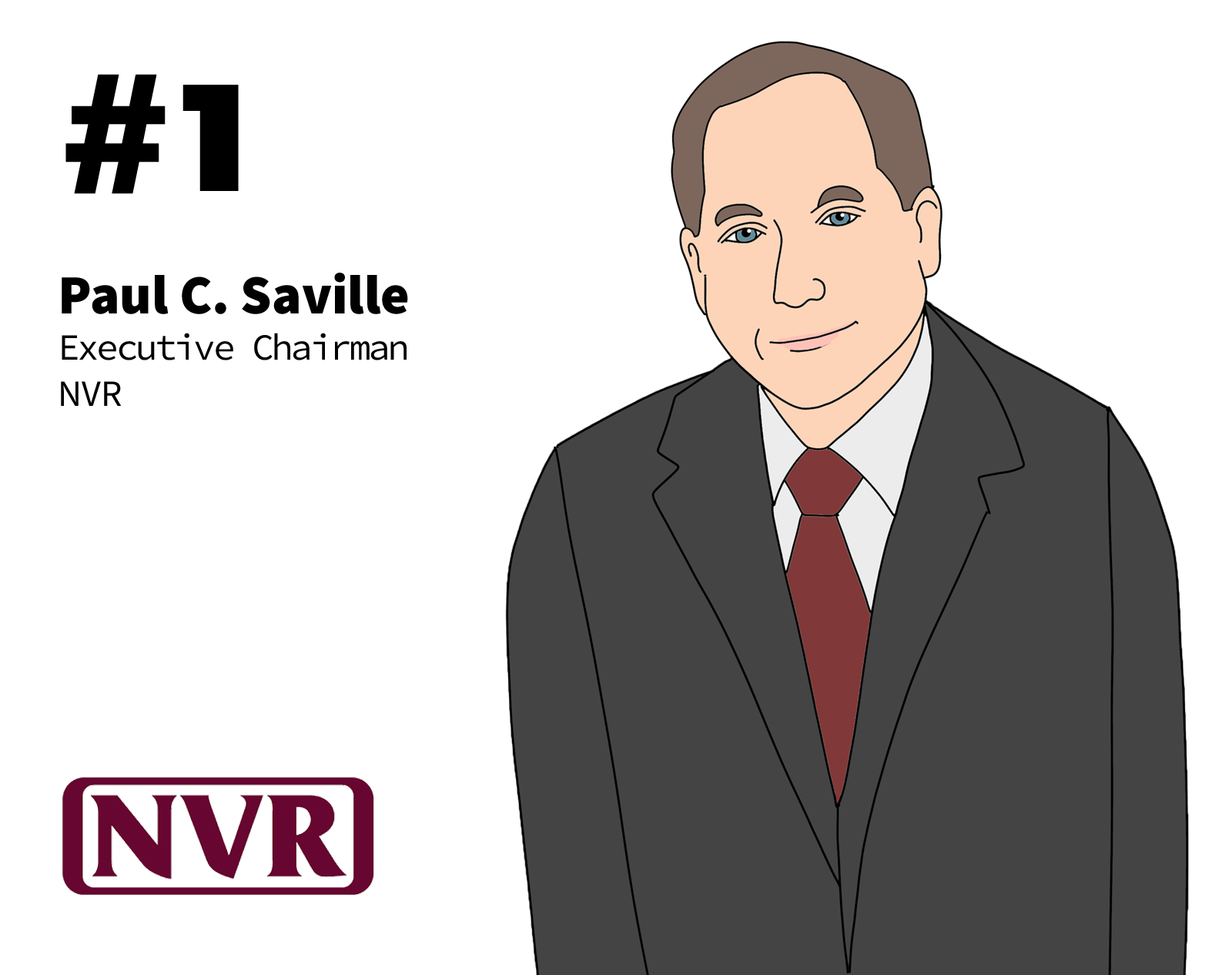
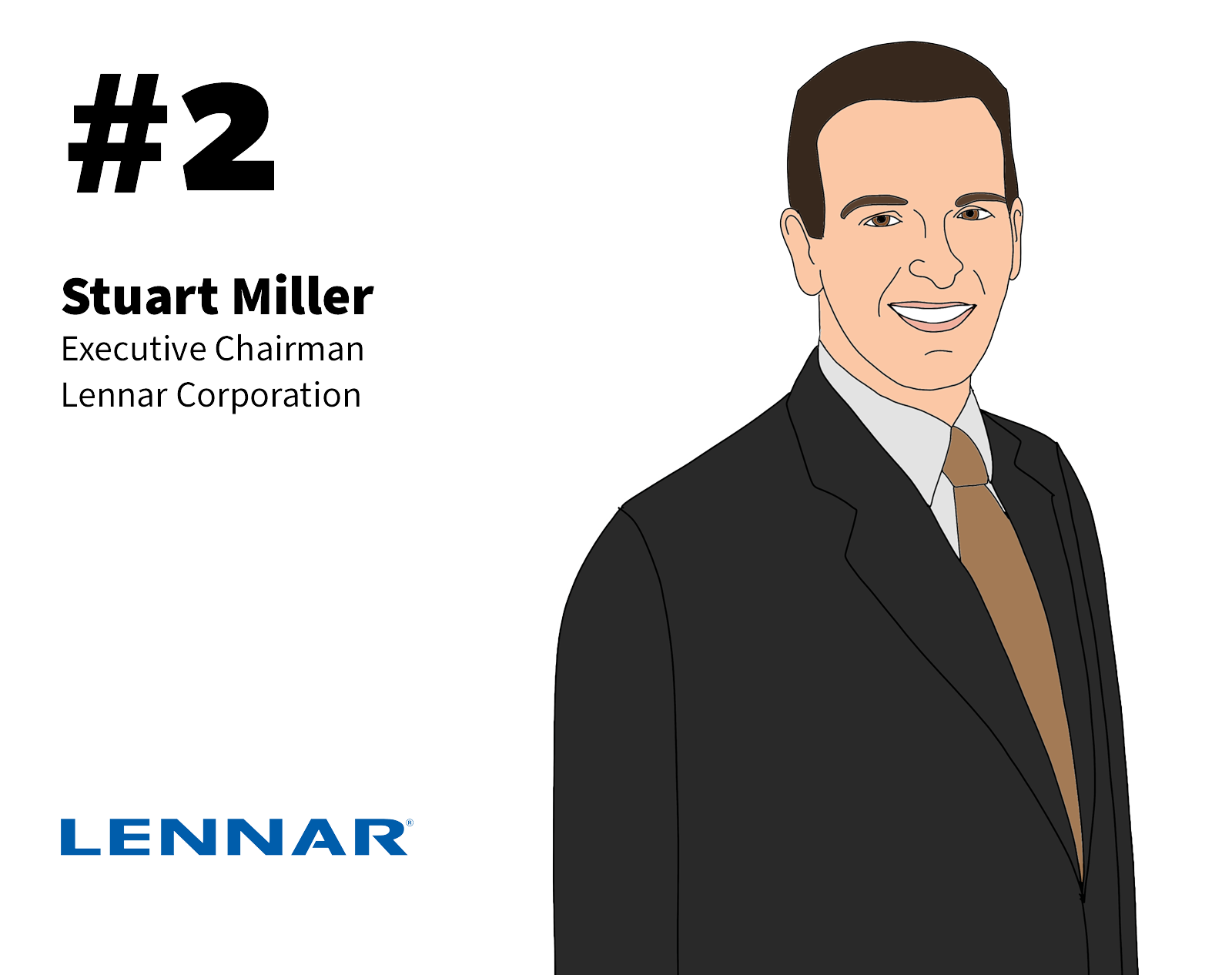

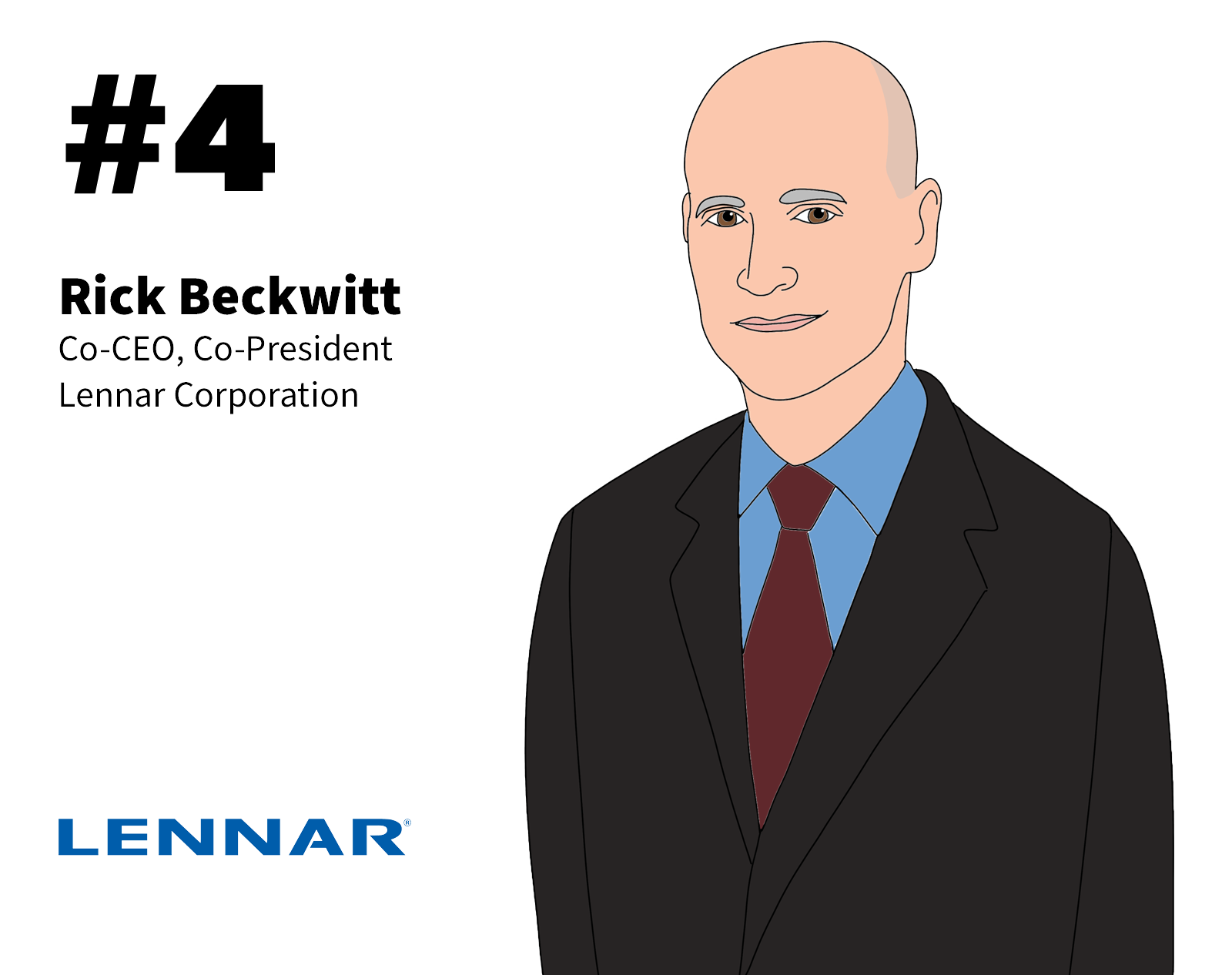
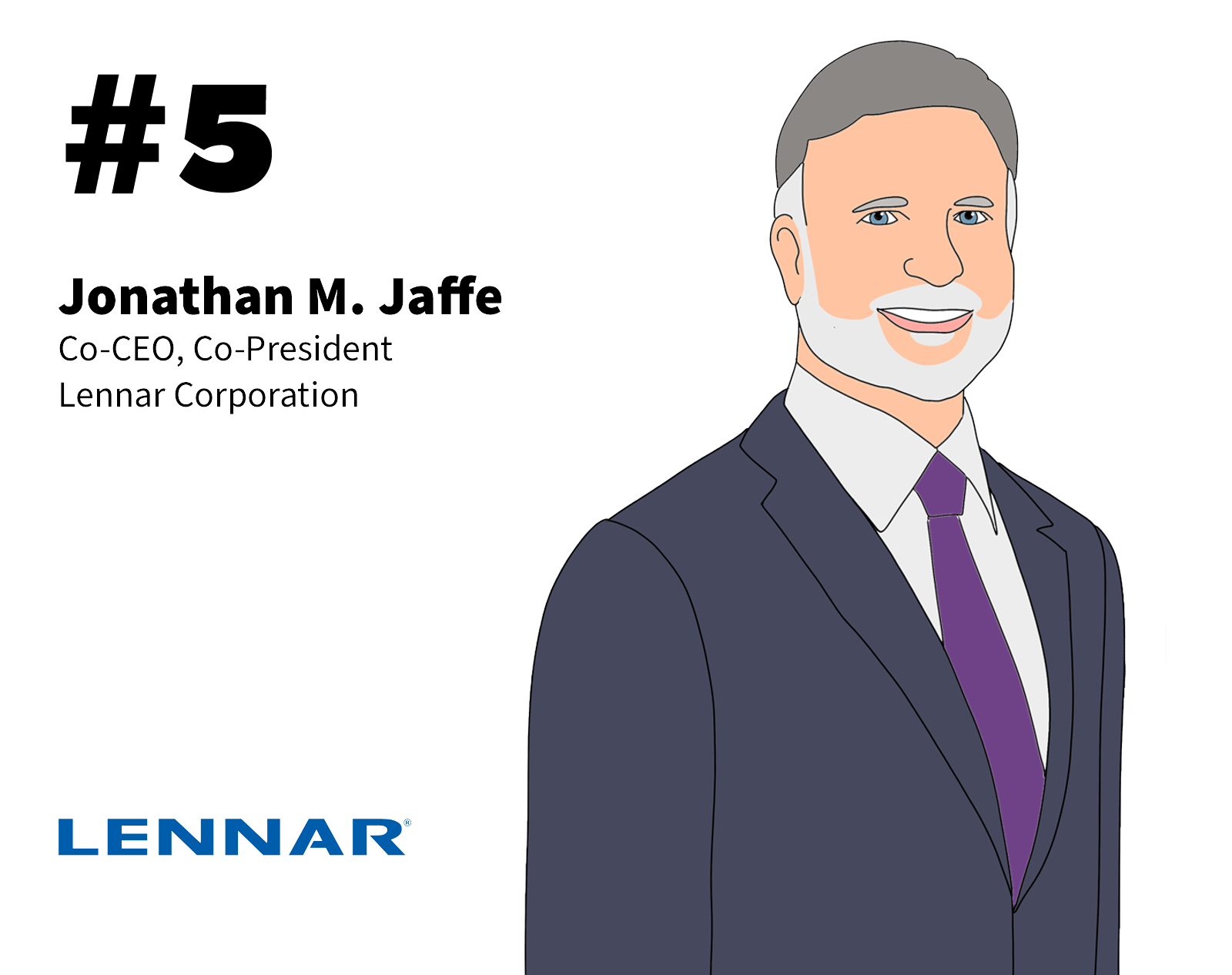

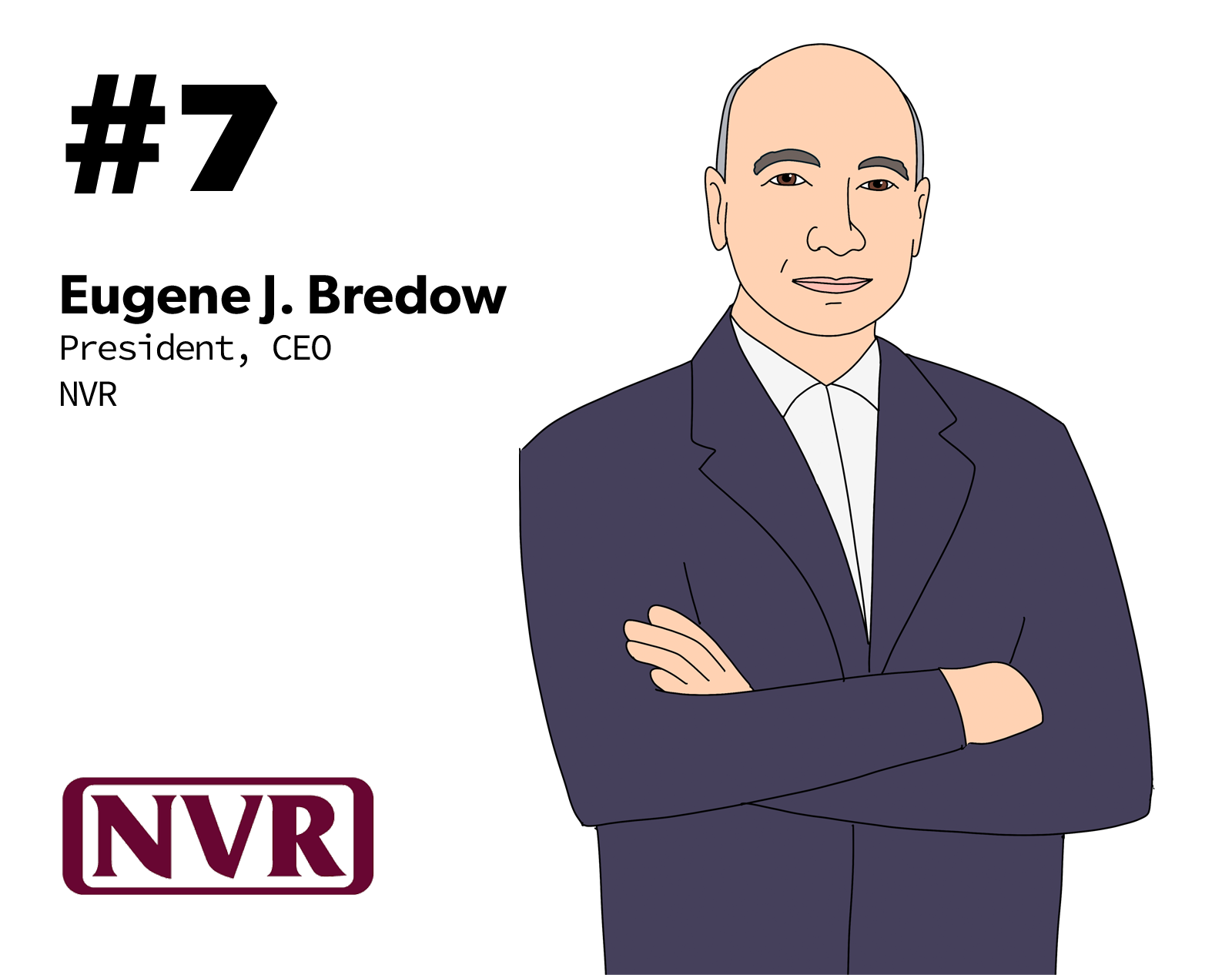
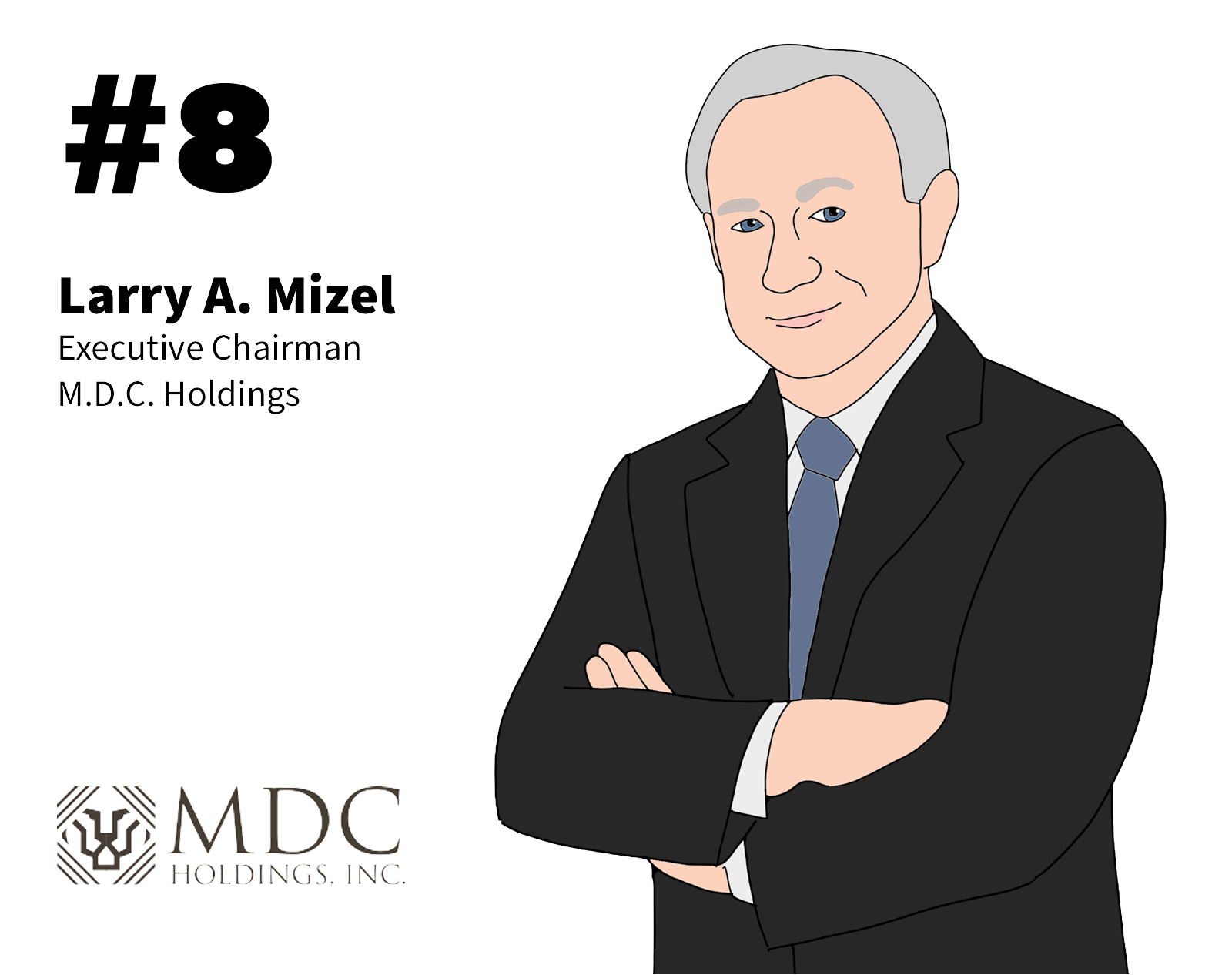
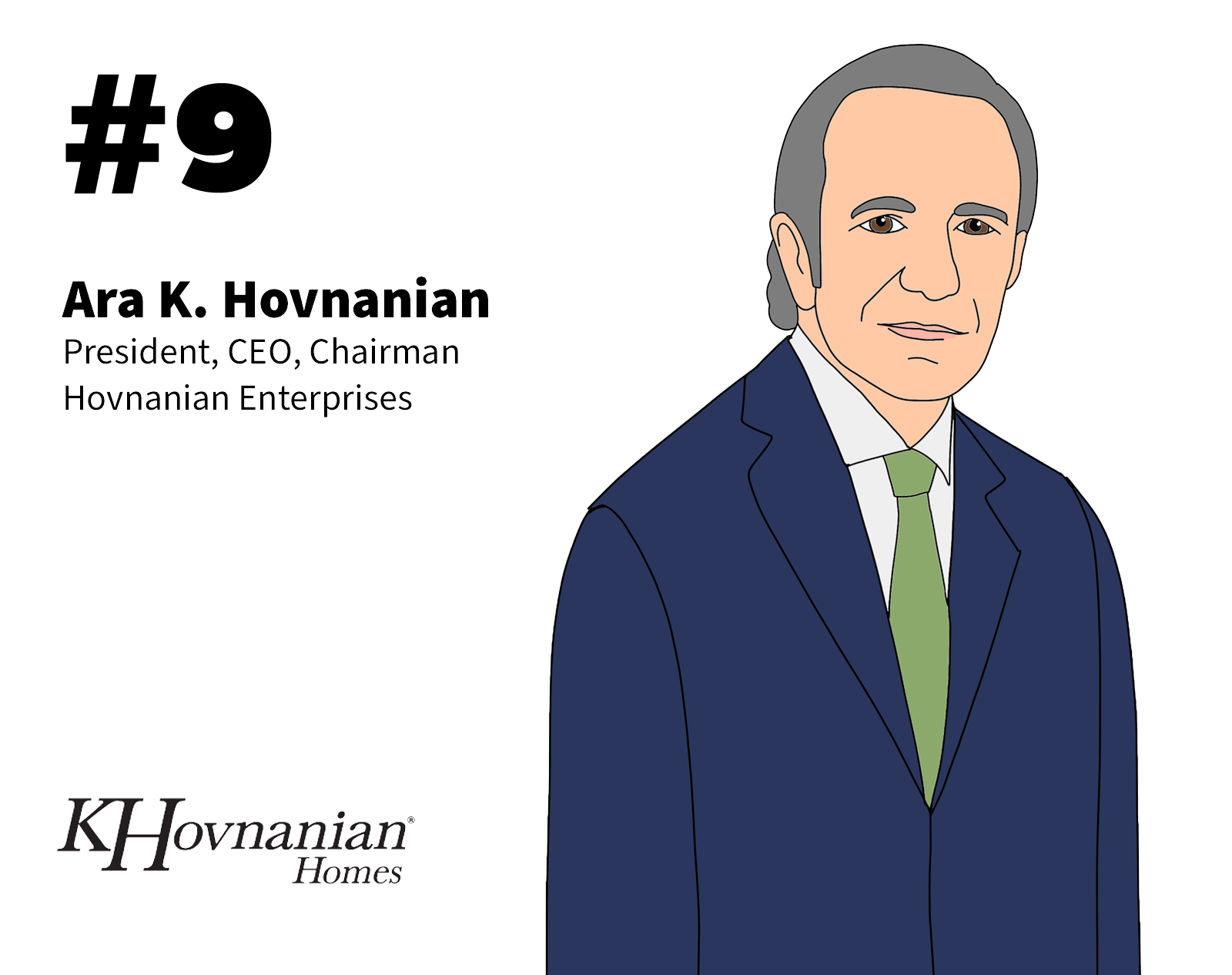
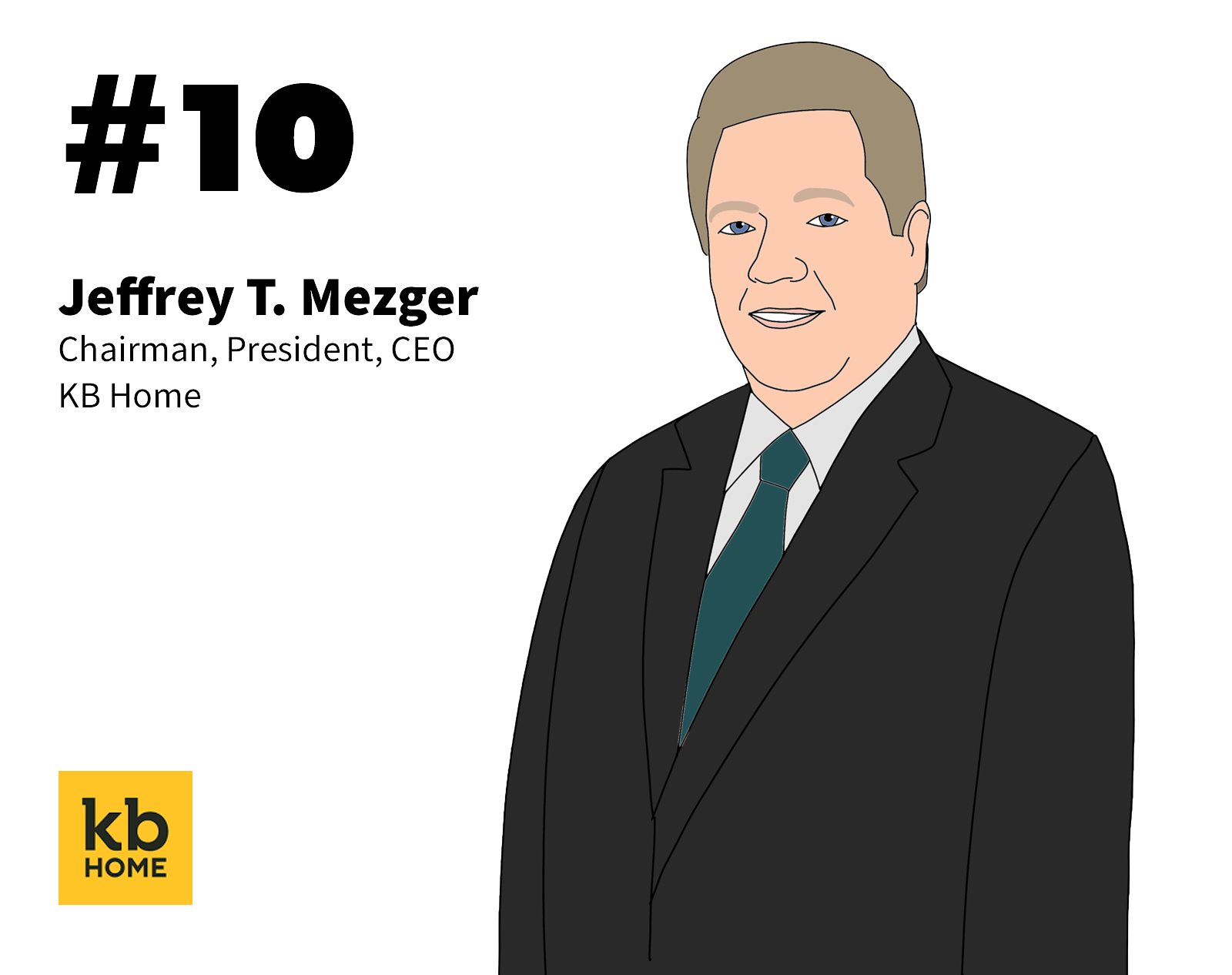
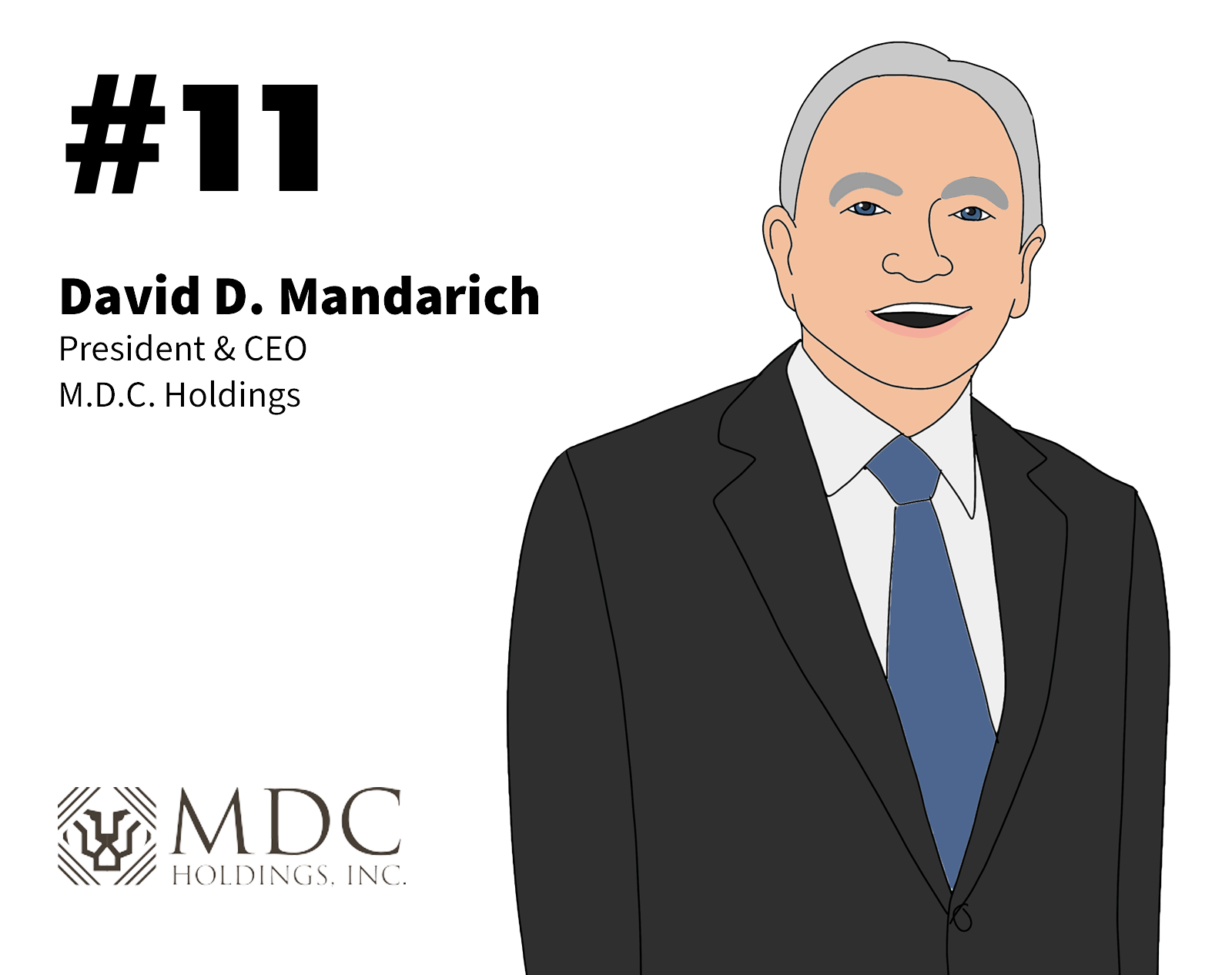
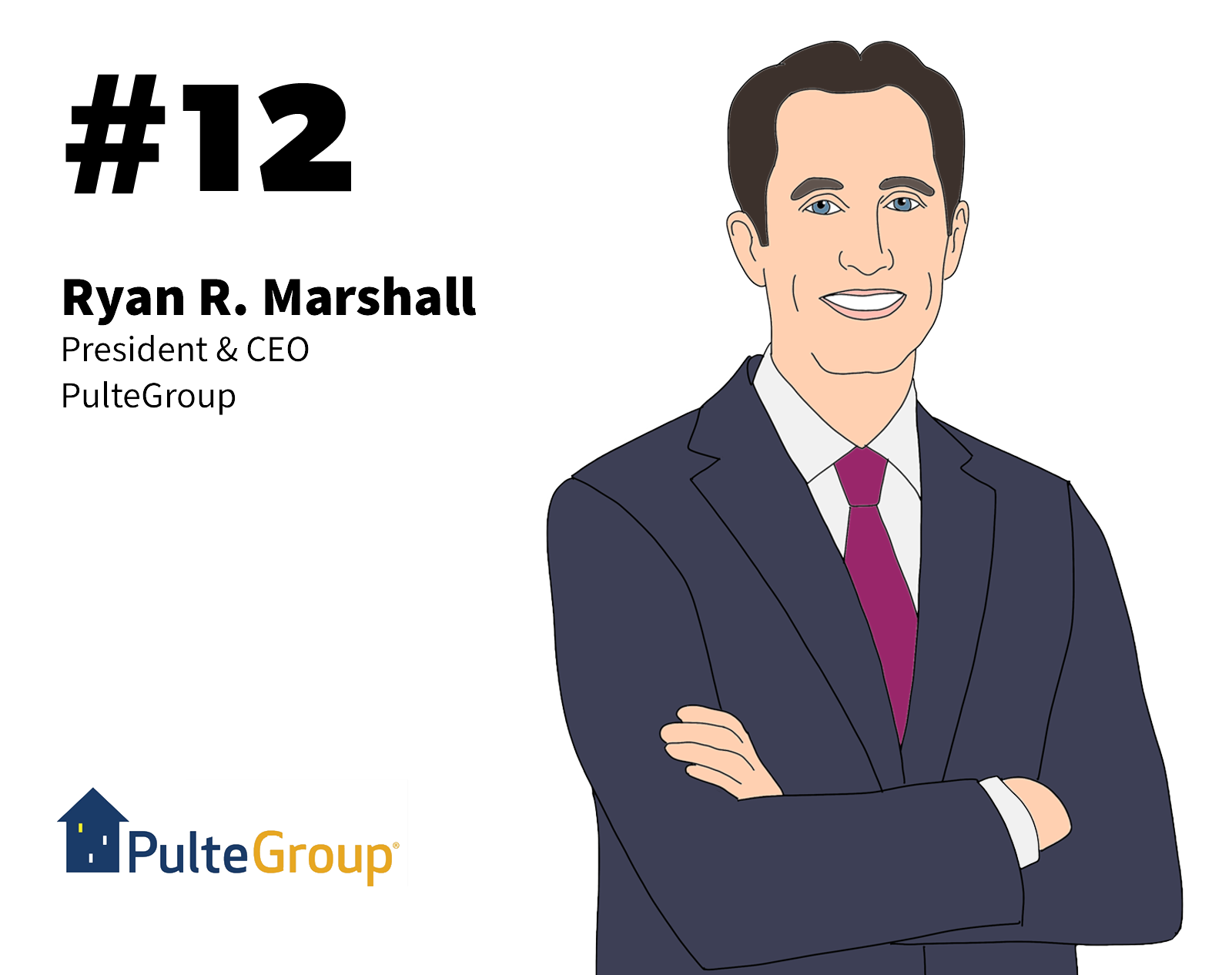
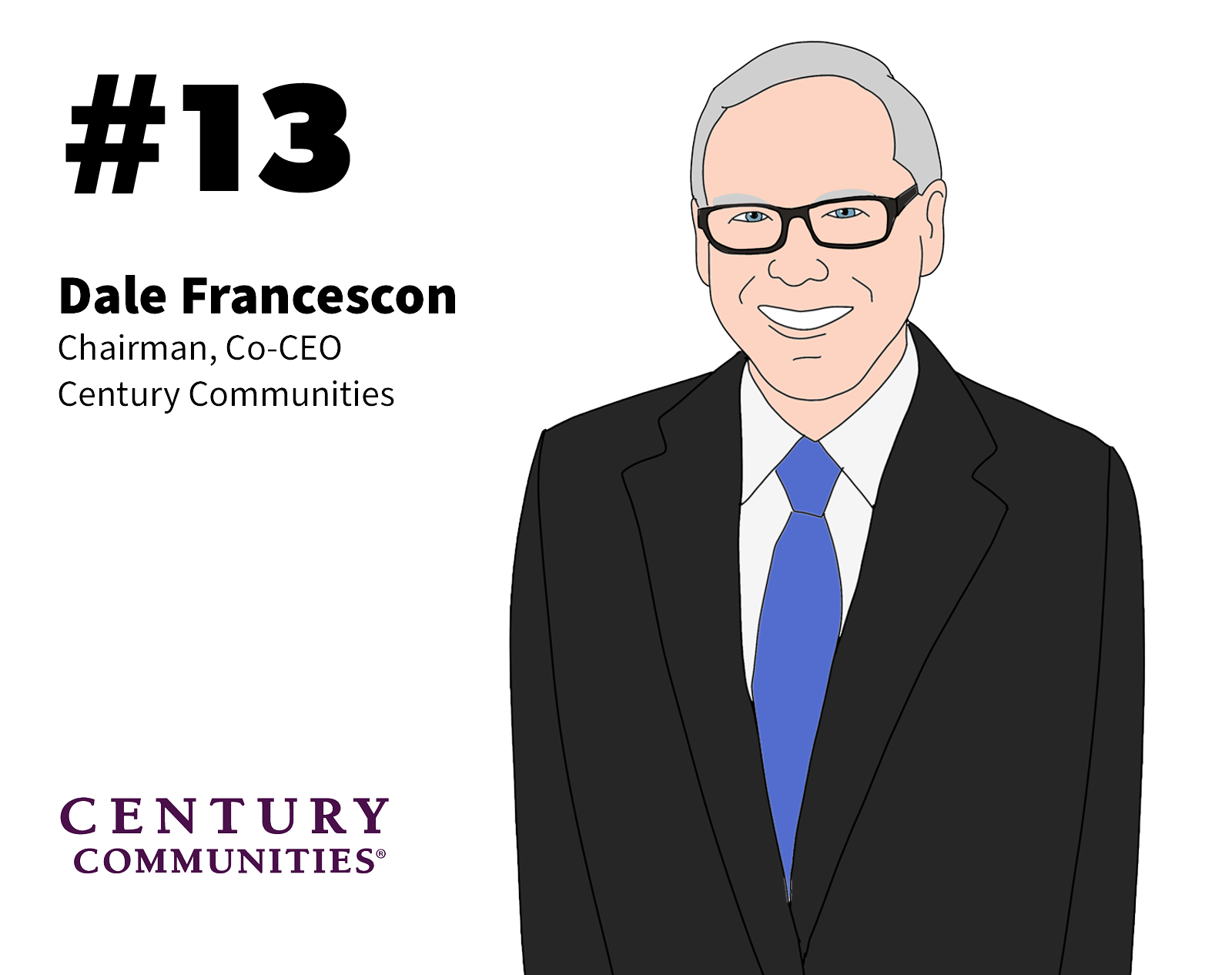
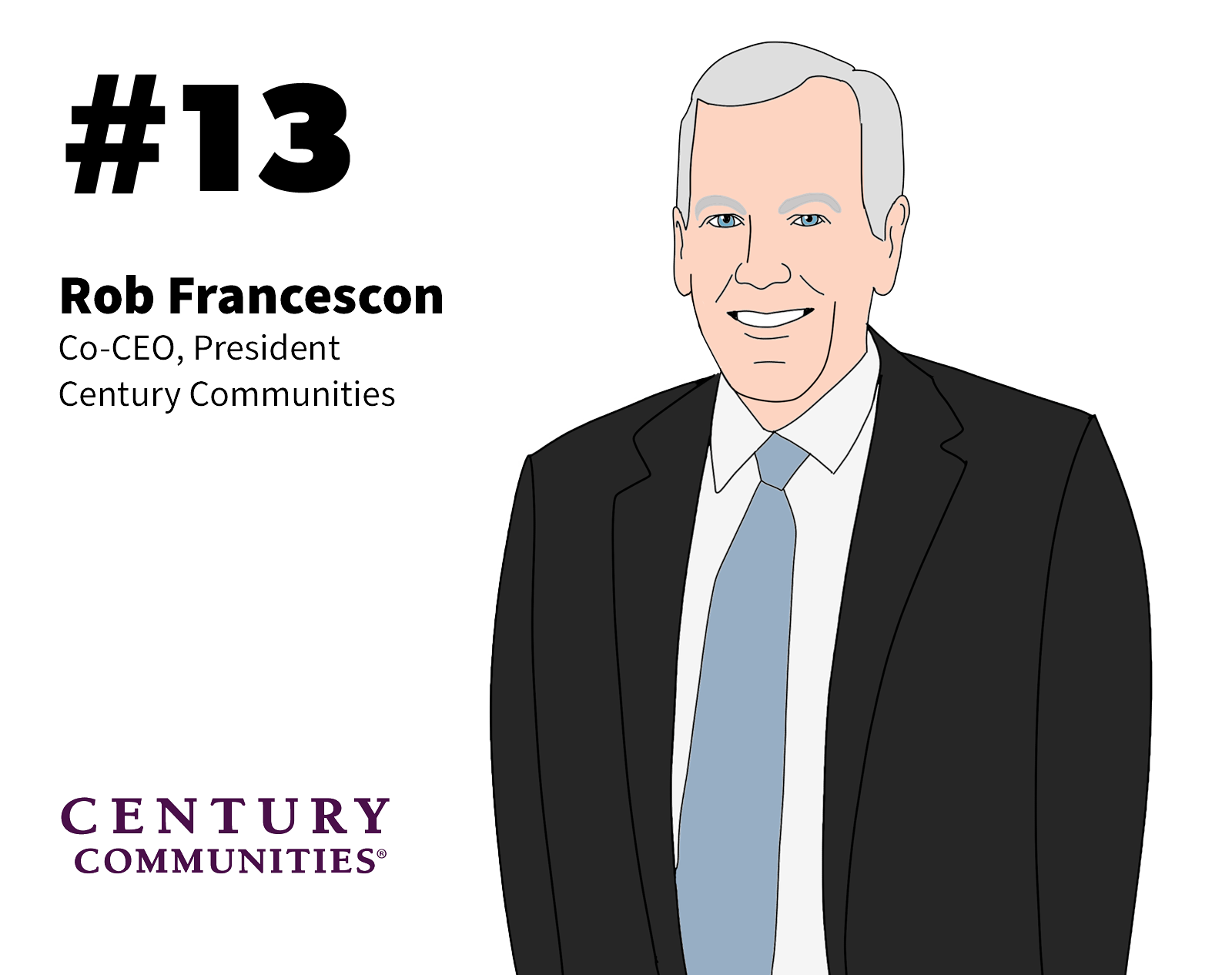
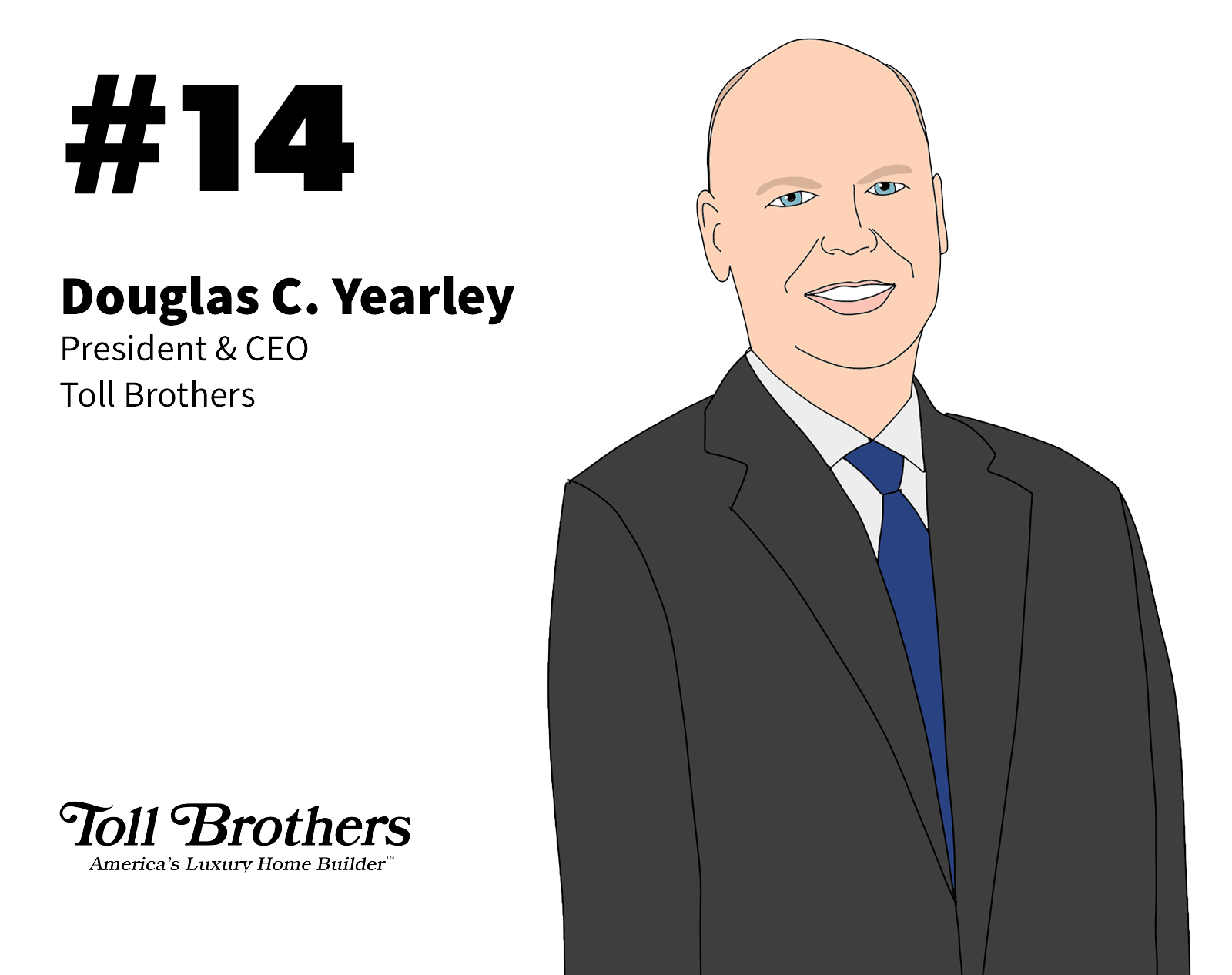
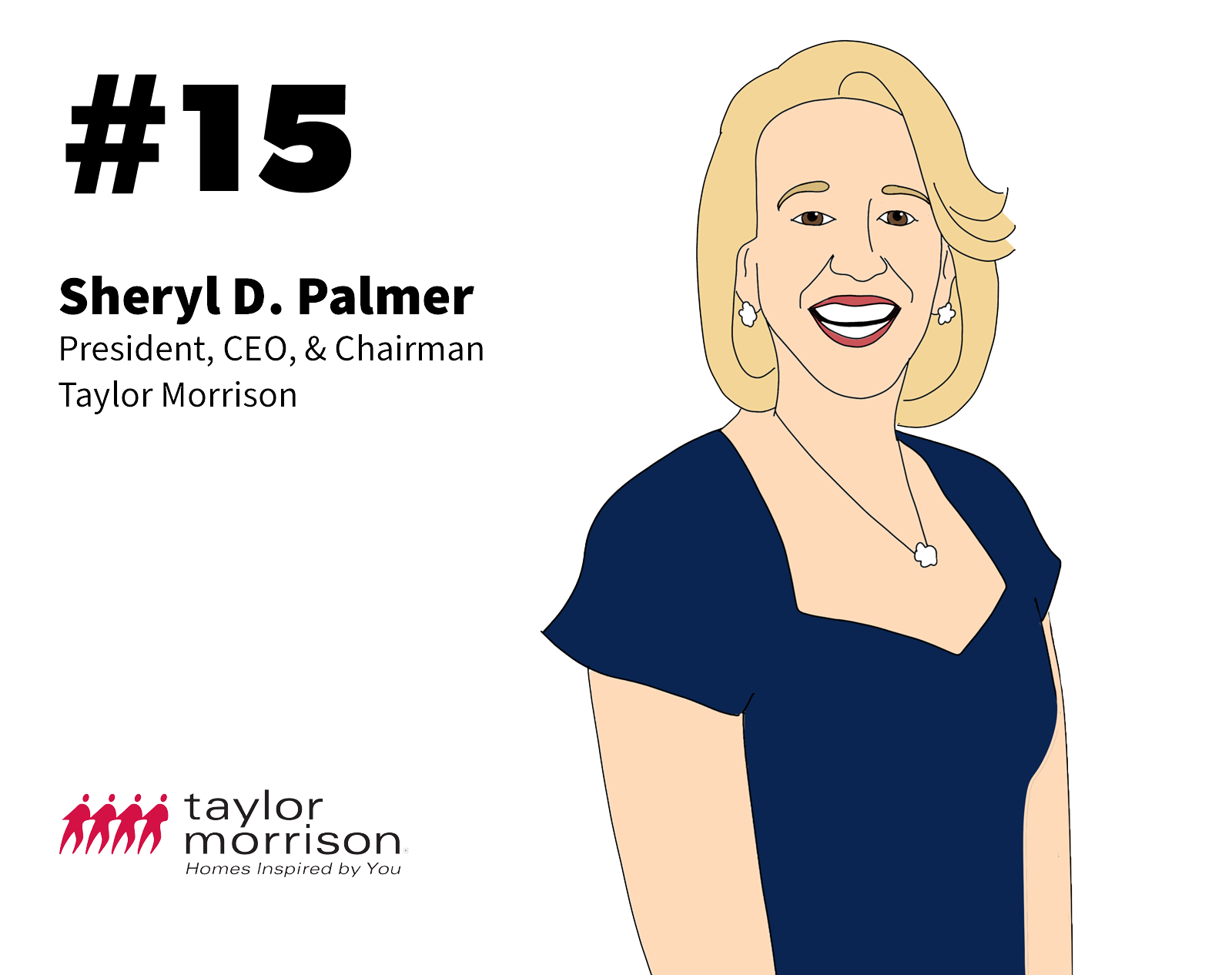
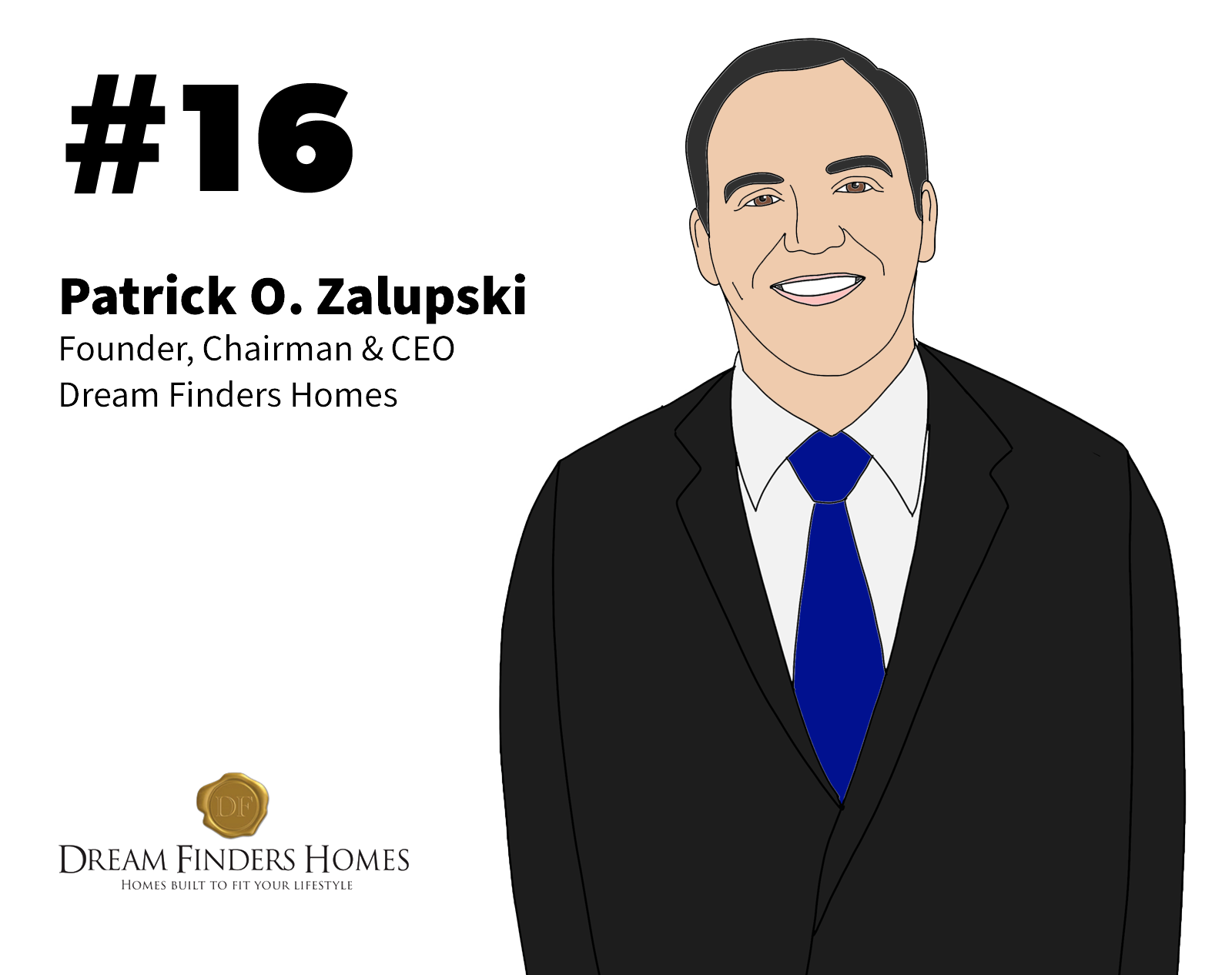
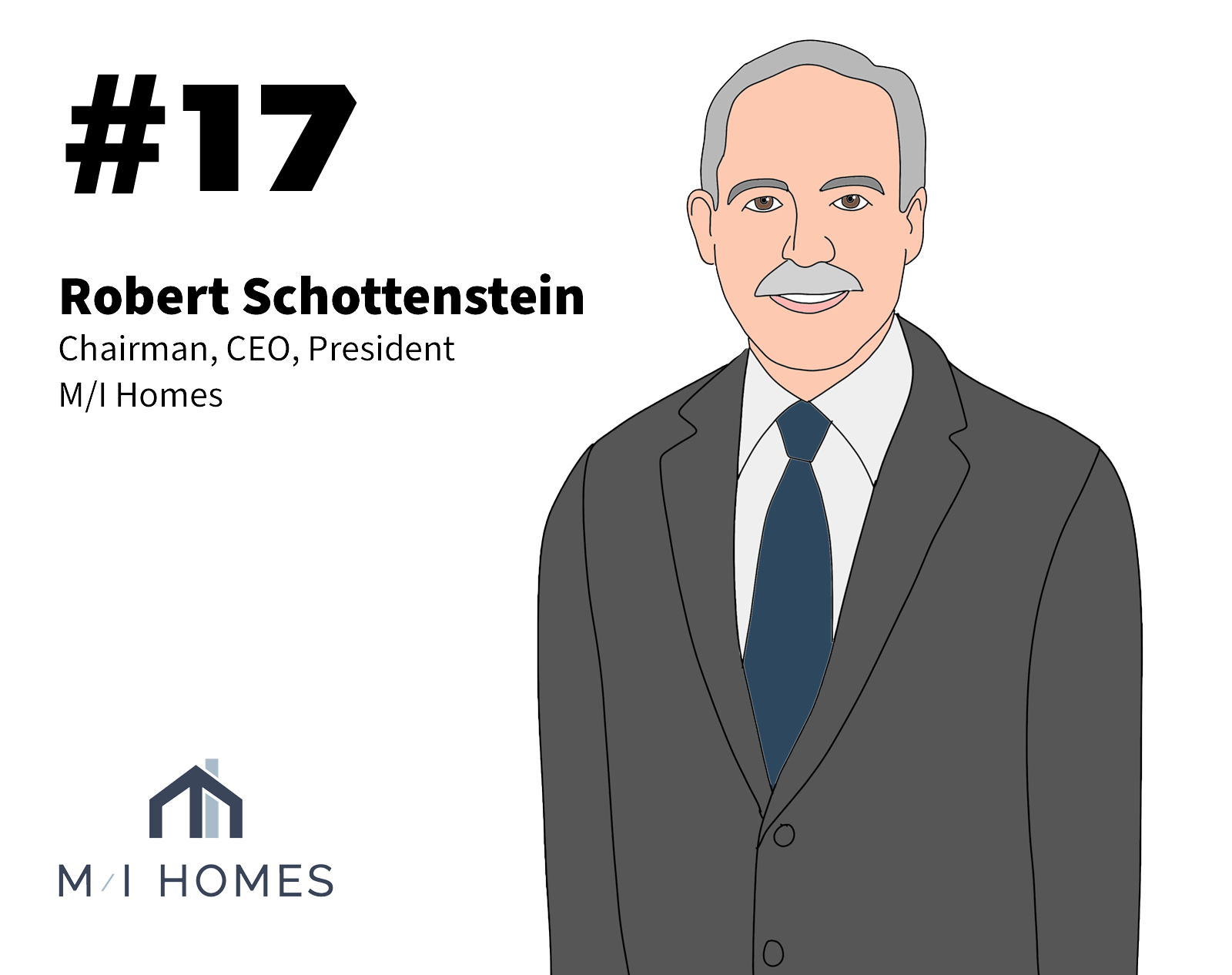
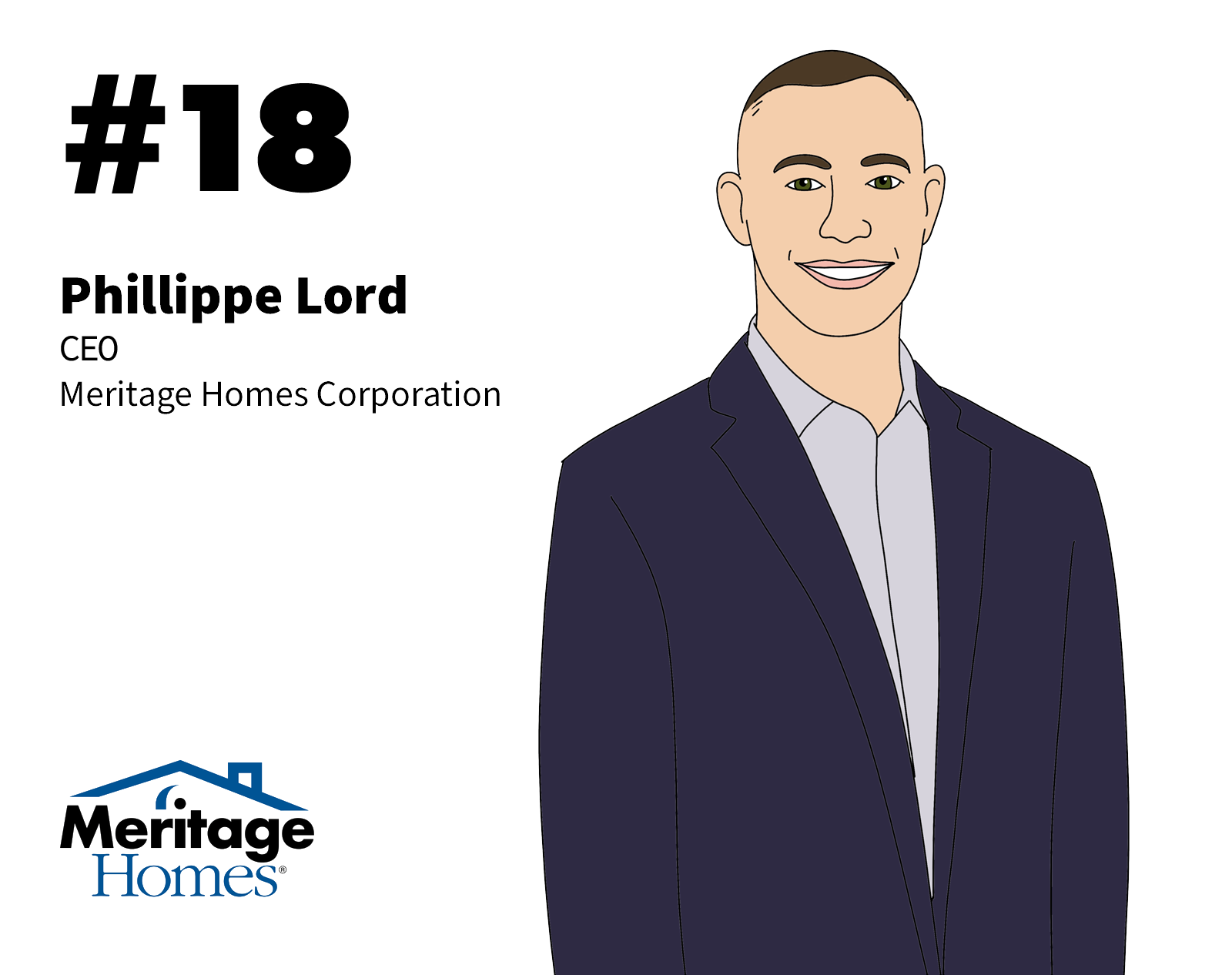

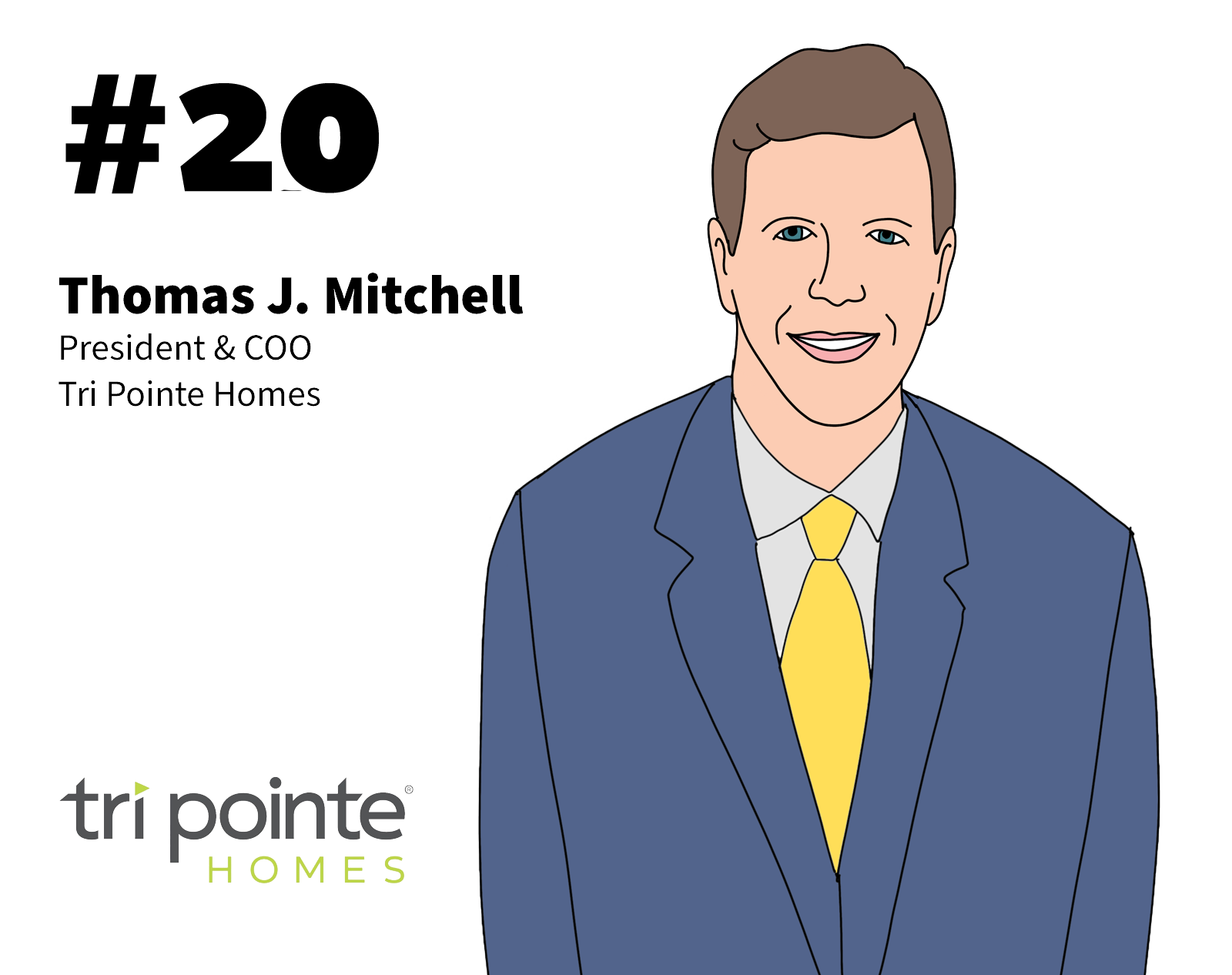
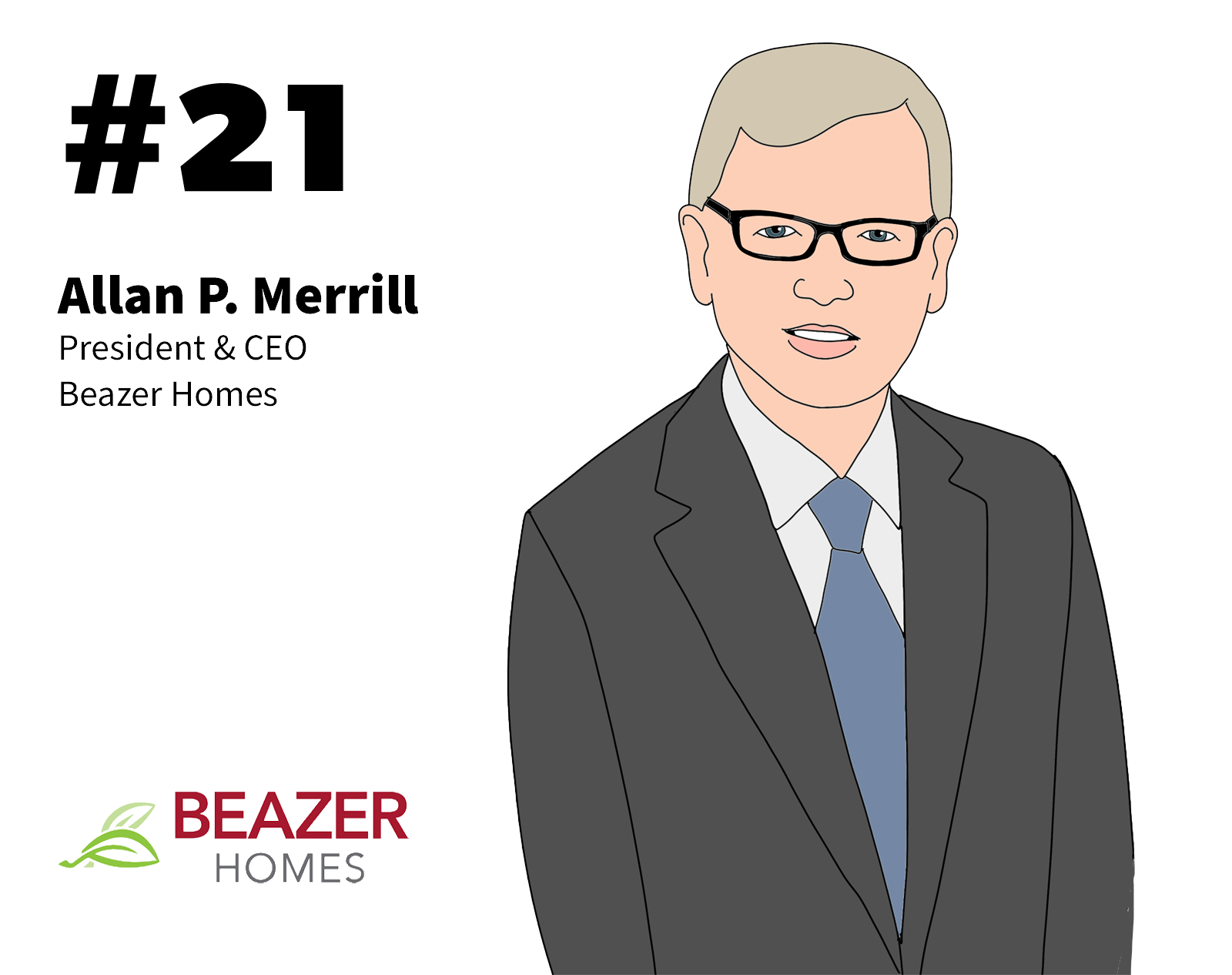
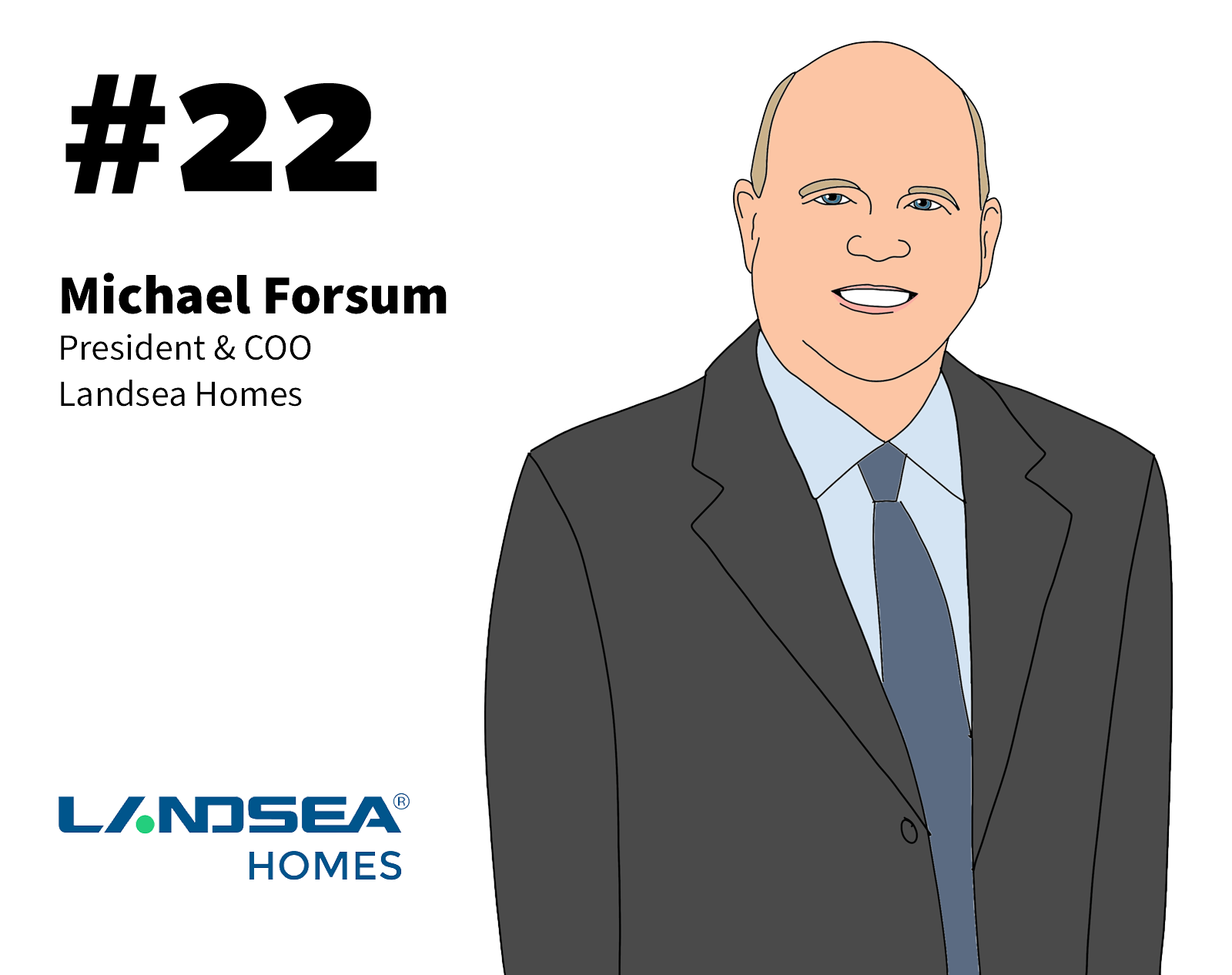
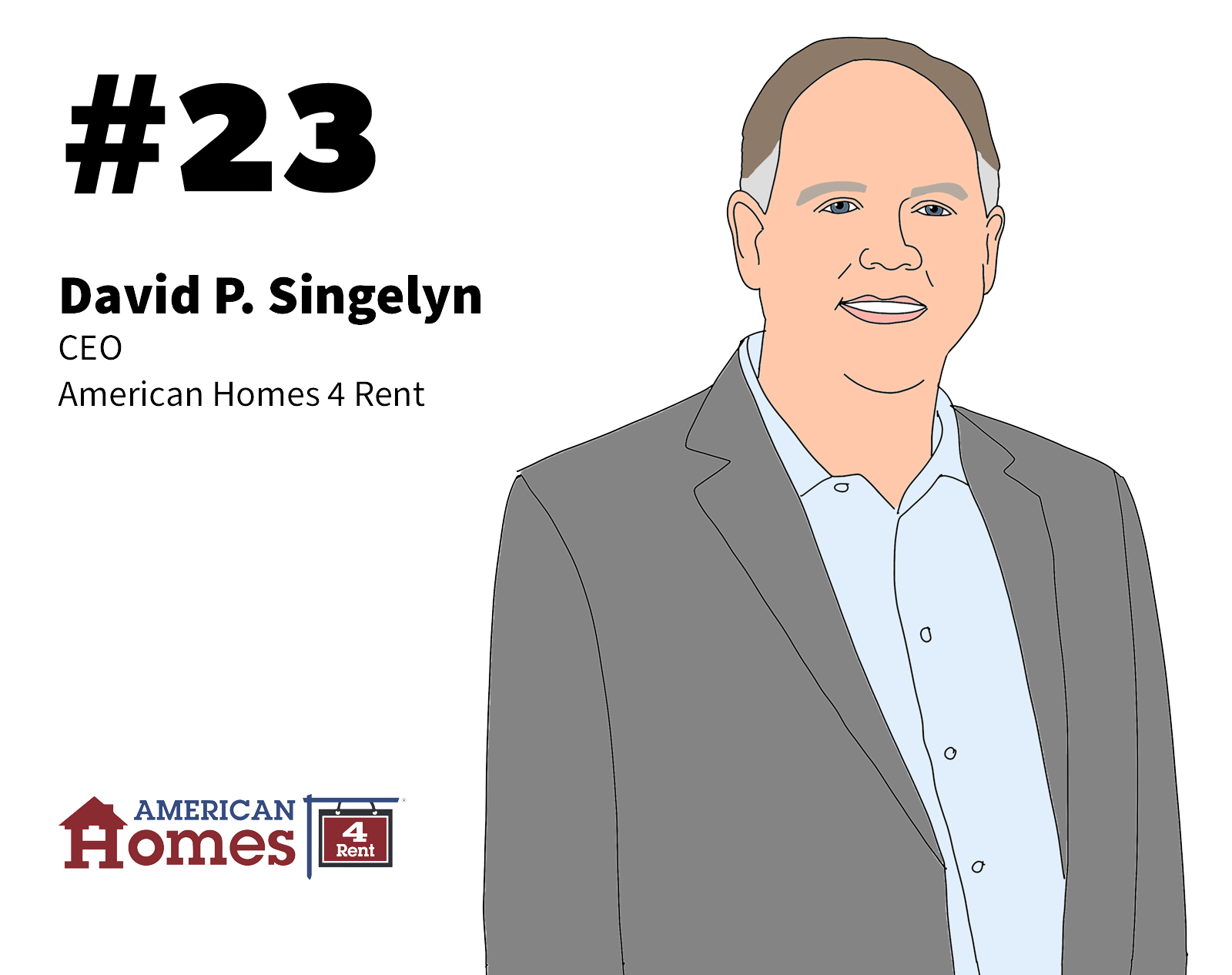

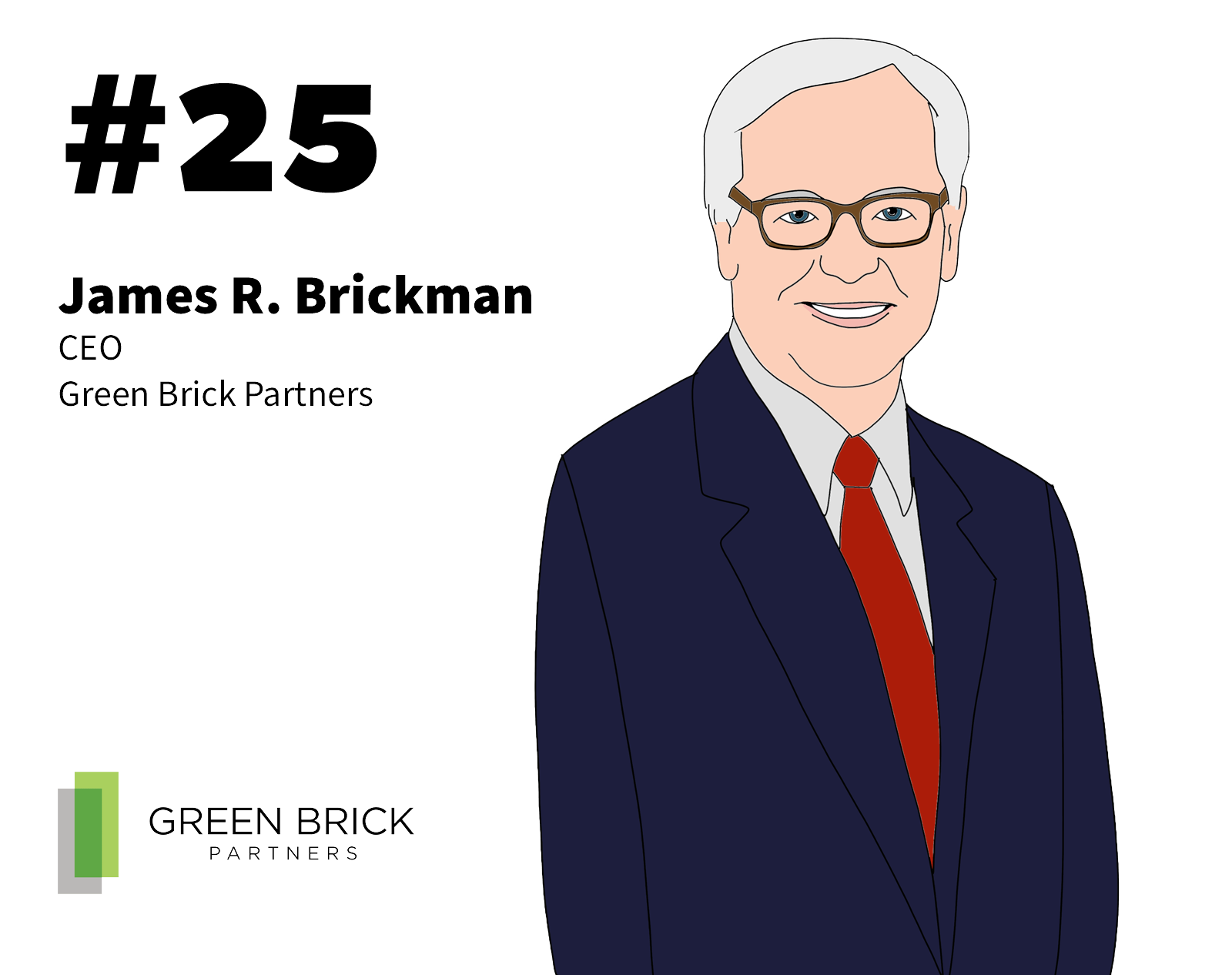
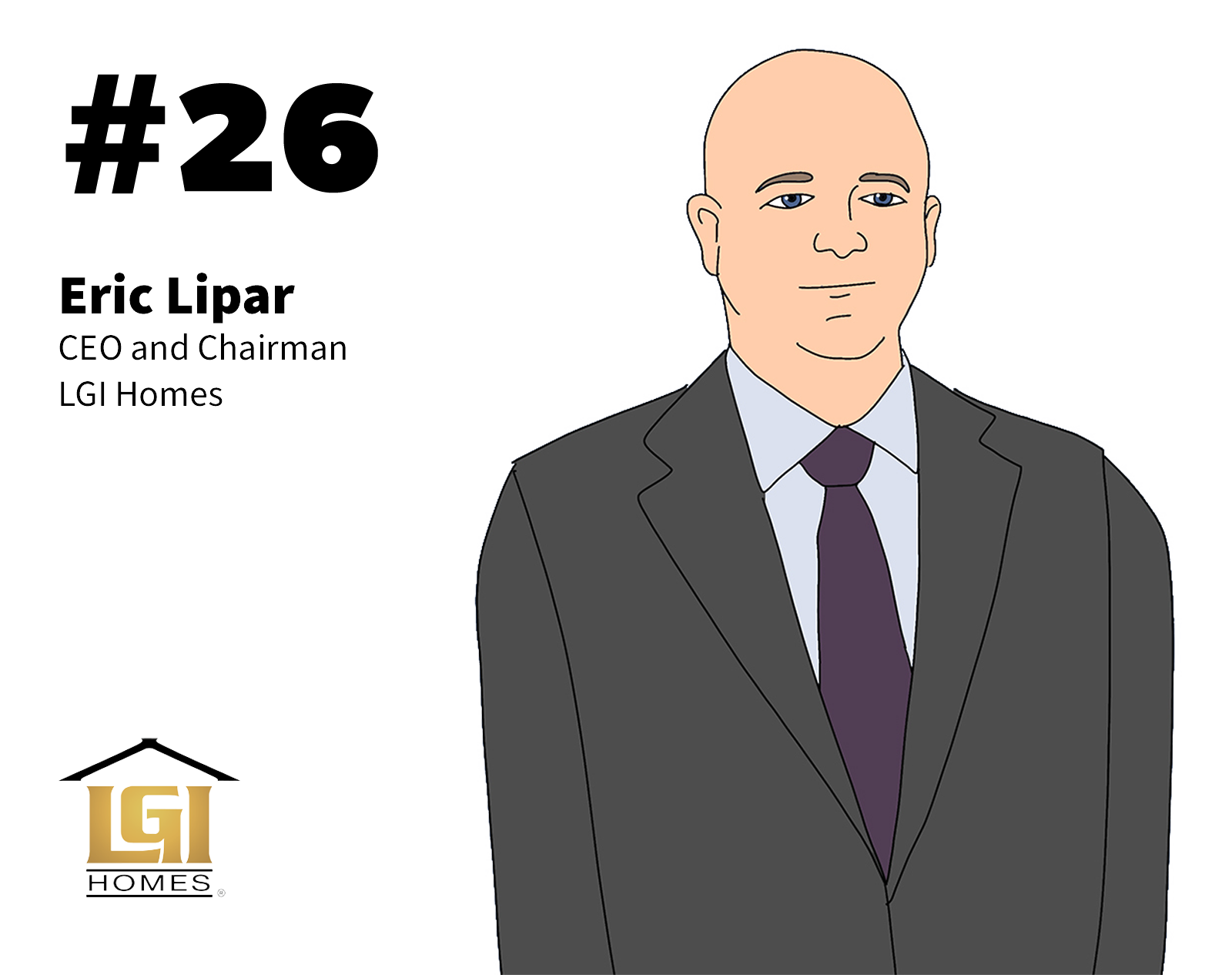
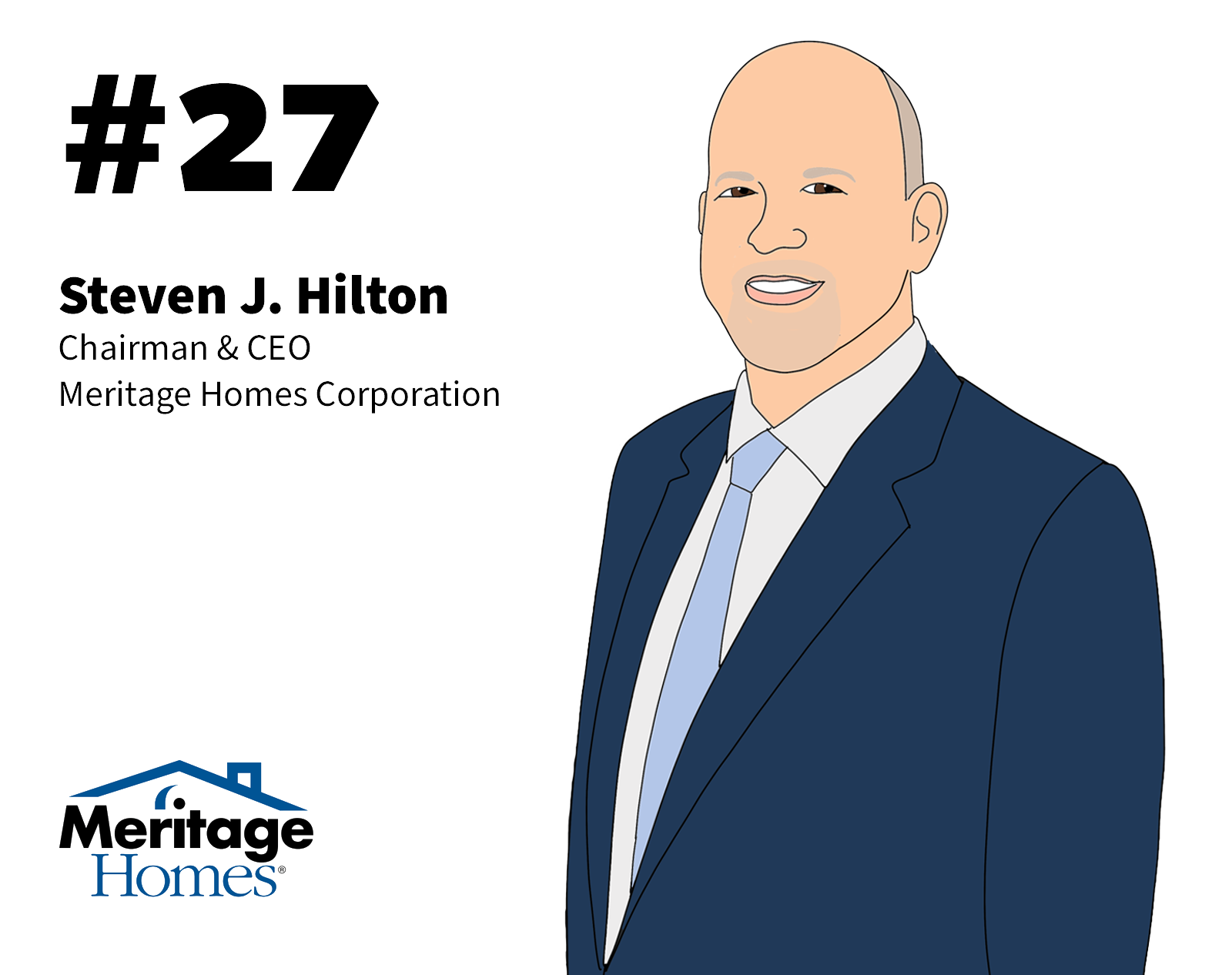
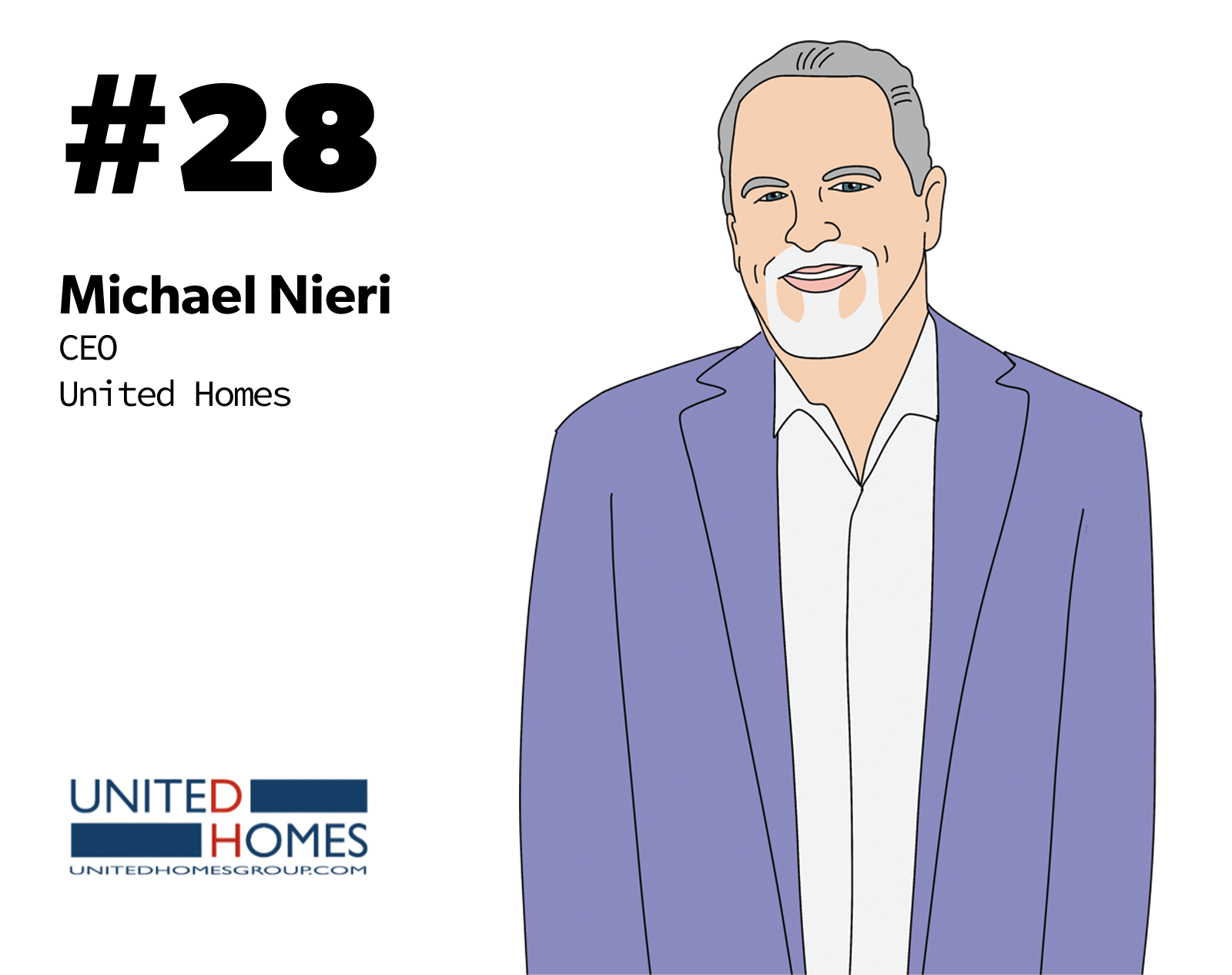
Staffing and recruiting done right. Fast Tracking Solutions specializes in delivering top talent in accounting/finance, construction, and technology operations.
MORE IN Leadership
10 Bold Ideas Tackling Housing Affordability And Access Now
From AI to hempcrete, these 10 ideas show how innovation in design, finance, and policy can open the door to housing affordability.
Sumitomo Forestry Sharpens U.S. Focus With DRB Move
Strategic clarity replaces portfolio sprawl as Sumitomo bets big on U.S. scale and integration.
Homebuilders and Insurance: A New-Reality Cost To Stay Ahead
Exclusive insights from Westwood Insurance Agency’s Alan Umaly and MSI’s Naimish Patel reveal why homebuilders must rethink insurance, resilience, and risk management—or risk losing buyers in an increasingly volatile market.


